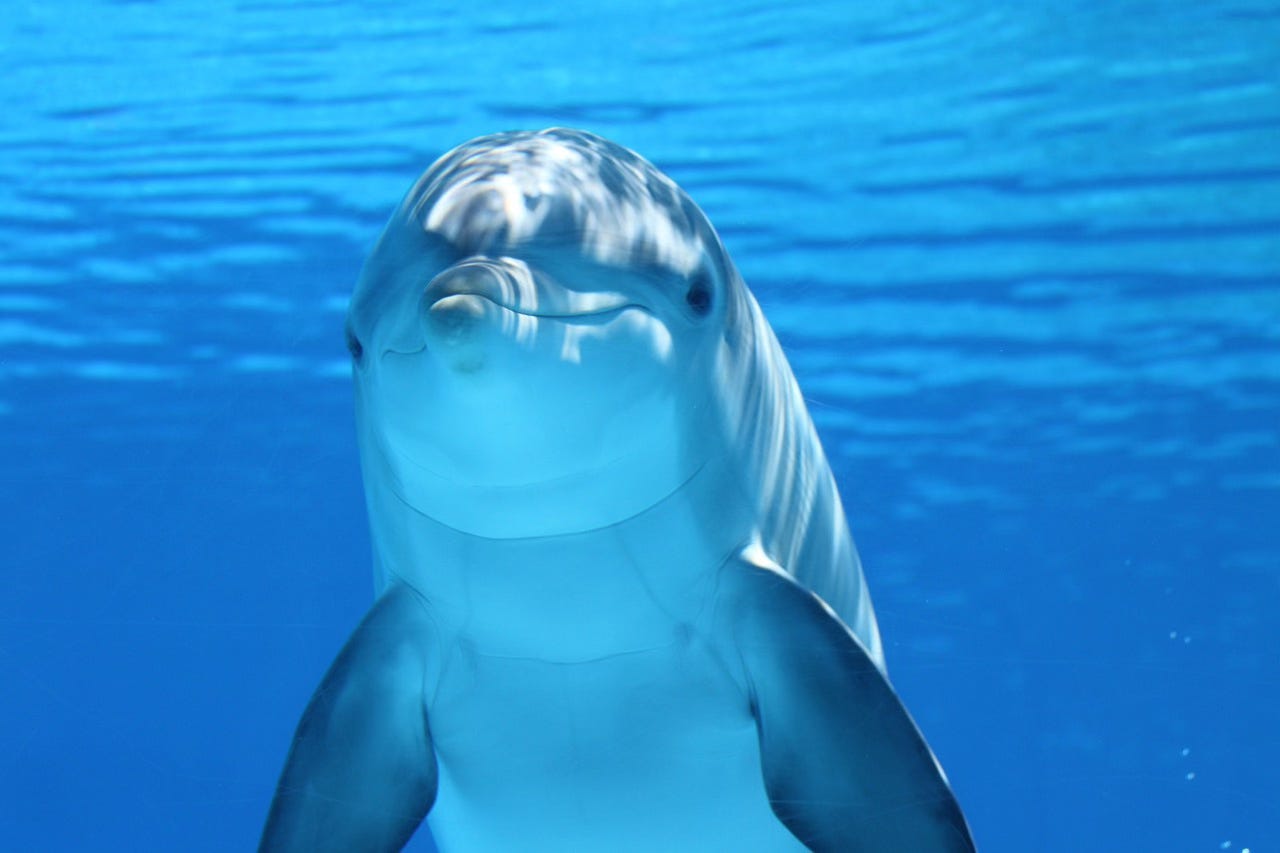Earth is Earth Because of Life
This intricate interplay of life and environment underscores the profound interconnectedness that defines our planet.

Earth as we know it would not exist without life. This profound idea, championed by Ferris Jabr in his enlightening book “Becoming Earth: How Our Planet Came to Life,” challenges the traditional view of Earth’s inert processes. Jabr posits that planetary processes—like nutrient cycles and geological formations—are intrinsically infused with and driven by life.
Life created the oxygen we breathe and the ozone layer that shields us from the sun’s harmful rays. It transformed barren rock into fertile soil, carved caves, forged new mineral species, and may even have played a role in the creation of continents.
One of Jabr’s most compelling examples of this transformative power occurs in the Amazon rainforest. Here, plants, animals, fungi, and microbes generate half of the rainfall that sustains them, effectively making the ecosystem a self-sustaining “garden that waters itself.”
This intricate interplay of life and environment underscores the profound interconnectedness that defines our planet.
For decades, scientists have acknowledged Earth’s influence on life. However, only recently have they begun to appreciate life’s active role in shaping Earth. In the 1970s, chemist James Lovelock introduced the Gaia hypothesis, which suggested that life and Earth form a self-regulating system.
Initially met with skepticism and criticism, Lovelock’s ideas have since gained substantial empirical support. “A huge amount of evidence has shown that some of the core tenets of what Lovelock was saying are indeed true,” Jabr affirms.
This shift in understanding has significant implications. Most life forms have gradually transformed our planet, establishing rhythms and processes that maintain Earth’s equilibrium.
However, humans, in what Jabr describes as “a geological blink,” have massively disrupted these natural rhythms. This realization starkly outlines our unique responsibility. Unlike other life forms, we possess the power to either further destabilize or restore Earth’s delicate balance.
Jabr’s perspective is not merely an academic insight; it is a call to action. Recognizing the impact of human activity on planetary systems underscores our privilege and responsibility to act as stewards of Earth. This framework is empowering. It reminds us that our actions affect not only our species and other life forms but also the larger living system of which we are a part.
In the Amazon, the cycle of life and environment illustrates a critical point: ecosystems are not static entities but dynamic systems that both shape and are shaped by life. This concept extends beyond the rainforest to the entire planet.
Life, in its myriad forms, has been a potent force in shaping Earth’s geology, atmosphere, and climate. From the oxygenation of the atmosphere by ancient cyanobacteria to the creation of soil by lichens and plants, life has continually transformed the planet.
Yet, human activities—deforestation, pollution, climate change—threaten to unravel these complex systems. The Anthropocene, a proposed epoch that marks the significant global impact of human activity on Earth’s geology and ecosystems, underscores the urgency of this issue.
Our actions are altering the planet at an unprecedented rate, disrupting the natural processes that have sustained life for millions of years.
This understanding brings with it a profound sense of responsibility. As Jabr notes, we must acknowledge our role as part of a larger living system. Our survival and well-being are inextricably linked to the health of the planet. By disrupting natural processes, we endanger not only other life forms but also ourselves.
To navigate this responsibility, we must adopt a holistic view of our relationship with Earth. This means recognizing the interconnectedness of all life forms and the environment and understanding that our actions have far-reaching consequences.
It also means embracing sustainable practices that align with Earth’s natural rhythms, such as reducing carbon emissions, protecting biodiversity, and restoring ecosystems.
Jabr’s insights remind us that we are not passive inhabitants of Earth but active participants in its ongoing evolution. The choices we make today will shape the planet for future generations. By fostering a deeper understanding of our interconnectedness with Earth, we can cultivate a more sustainable and harmonious relationship with the planet.
In conclusion, the idea that life shapes Earth is not just a scientific revelation but a paradigm shift in how we view our place in the world. Ferris Jabr’s “Becoming Earth” invites us to see the planet as a dynamic, living system where life and environment are deeply intertwined.
As we face the challenges of the Anthropocene, this perspective can guide us towards a more responsible and sustainable future, reminding us that our actions today will determine the health and vitality of the planet for generations to come.


Thom, appreciate your bring attention to this topic!!!
“ the idea that life shapes Earth is not just a scientific revelation but a paradigm shift in how we view our place in the world.” — Thom Hartmann
Our interconnection goes beyond earth 🌎 to the entirety of existence and being.
WE ARE ALL ONE is a concept that is growing.
It may be a way for people who feels lost to fine meaning.
Make them feel and understand they BELONG. 😉
“The simple reality is that our planet is a single living organism, as much as our bodies are.”
~~ Thom Hartmann
The UNIverse is alive.
All the things in nature are together in one place.
Each thing is moved by Nature’s pattern or Way.
Signals give direction. 🔄
The whole divides in to parts. 🧬
The parts move around and in and out of each other.
Like water flowing in rivers 💦 and oceans 🌊 and changing into vapor 💨 and snow ⛄️❄️and ice 🧊.
The water flows in and out of creatures 🐿️ and plants 🌱.
Every part is circulating, round and round. 💫☄️🪐⛈️🌪️
Things unFold 🌱 then enFold 🍂 .
Everything in the UNIverse fits 🧩
because each part belongs
to the ONE whole AWARE cosmic song 🎻 and dance 💃🏻.